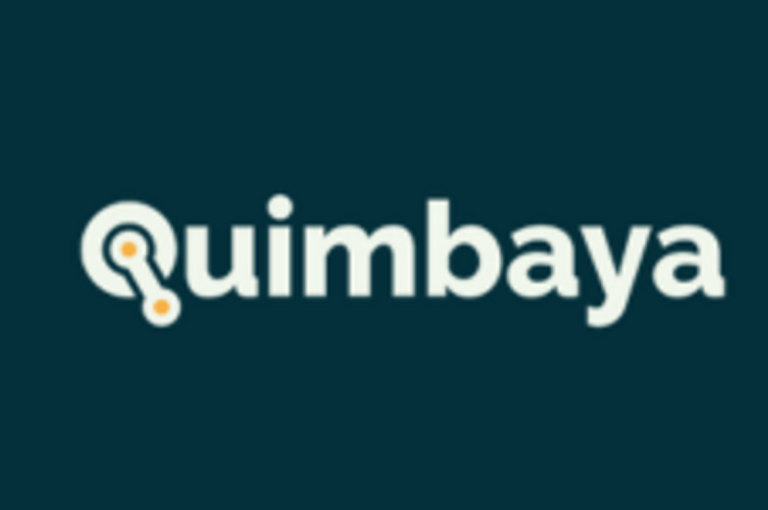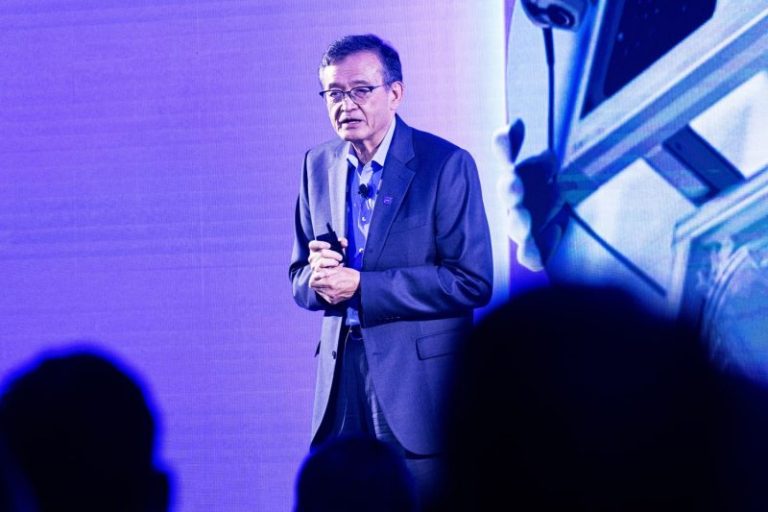Demand for helium is rising alongside the semiconductor, healthcare and nuclear energy sectors.
Produced from natural gas wells, helium is an odorless, colorless, non-toxic, non-combustible and non-corrosive gas. While it may bring to mind birthday balloons, the element is an important industrial gas due to its cooling properties.
Helium has several critical applications across various industries witnessing market growth, including the manufacturing of semiconductors and electronics, medical imaging and nuclear power generation.
Global helium supply is mainly attributable to production at liquefaction facilities spread across the US, Qatar, Algeria, Russia, Australia, Canada, Poland and China. However, increasing demand for helium as an industrial gas is spurring further exploration and development of helium projects, including in Canada and in the US.
1. Pulsar Helium (TSXV:PLSR)
Market cap: C$46.05 million
Pulsar Helium is a helium project development company with assets in the United States and Greenland.
The company’s Topaz project in Minnesota is the newest helium discovery in the US, and drilling at its Jetstream #1 well in 2024 demonstrated high helium concentrations of 14.5 percent. Pulsar is also the first company in Greenland to obtain a license for helium exploration. According to the company, its Tunu helium-geothermal project in the country is one of just a few primary helium projects in Europe.
At Topaz, Pulsar is conducting a well flow testing program at the Jetstream prospect during the summer to gain data necessary to assess the project’s production potential. As for Tunu, a pre-feasibility study is underway at the project and is slated for completion by the end of August 2025.
2. Desert Mountain Energy (TSXV:DME)
Market cap: C$18.84 million
Next up on this list of top Canadian helium stocks is Desert Mountain Energy, a company engaged in the exploration, development and production of helium, hydrogen, natural gas and condensate projects in the US. Its key helium project is the West Pecos gas field in New Mexico, where it has a fully operational helium processing facility. It also owns the high-grade Holbrook Basin helium project in Arizona.
In 2025, Desert Mountain Energy is expanding into the international market with the formation of its wholly owned subsidiary Desert Energy UK, which has secured a substantial onshore exploration license for helium and hydrogen in Devon, United Kingdom.
3. Helium Evolution (TSXV:HEVI)
Market cap: C$12.07 million
Helium Evolution is a helium exploration company with over 5 million acres of helium land rights in Southern Saskatchewan, Canada. The company holds a 20 percent working interest in helium wells on joint lands with North American Helium, which is advancing the joint 2-31 discovery, with development wells planned for late 2025.
Earlier this year, Helium Evolution formed a collaboration agreement and secured a substantial investment from ENEOS Explora USA, a subsidiary of Japanese energy conglomerate ENEOS Group (TSE:5020), through two private placements. The second, closed in May, brought ENEOS’ total stake in Helium Evolution to about 28 percent.
4. Avanti Helium (TSXV:AVN)
Market cap: C$11.97 million
Avanti Helium’s helium exploration and development assets include approximately 78,000 acres within the Greater Knappen area, which covers land in both Southern Alberta, Canada, and Northwest Montana, US. It also owns approximately 63,000 acres of prospective helium permits within Southwest Saskatchewan.
Avanti’s Sweetgrass pool project in Montana is on track to achieve helium production in Q4 of 2025, the company stated in its April investor presentation. The company has two wells at Sweetgrass capable of total gas production of approximately 18,500 million cubic feet per day at 1.1 percent helium.
In August, Avanti announced it signed a multi-year offtake agreement with a global industrial gas supplier for a minimum monthly helium purchase volume equivalent to about one third of Sweetgrass’ initial plant output.
5. Altura Energy (TSXV:ALTU)
Market cap: C$8.21 million
Altura Energy is an exploration and production company which holds 27,000 acres in the Holbrook basin of Arizona, where its wells produce helium at concentrations of 5 percent to 8 percent. The company has a development plan for over 300 wells, with nine wells currently connected to a pipeline and an additional 10 wells at various stages of completion.
Formerly known as Total Helium, the company completed a name change and share consolidation in May 2025. In June, Altura announced it closed an up-sized brokered private placement for C$1.99 million, a quarter of which was used to settle outstanding indebtedness, with proceeds also planned for working capital.
Securities Disclosure: I, Melissa Pistilli, hold no direct investment interest in any company mentioned in this article.




